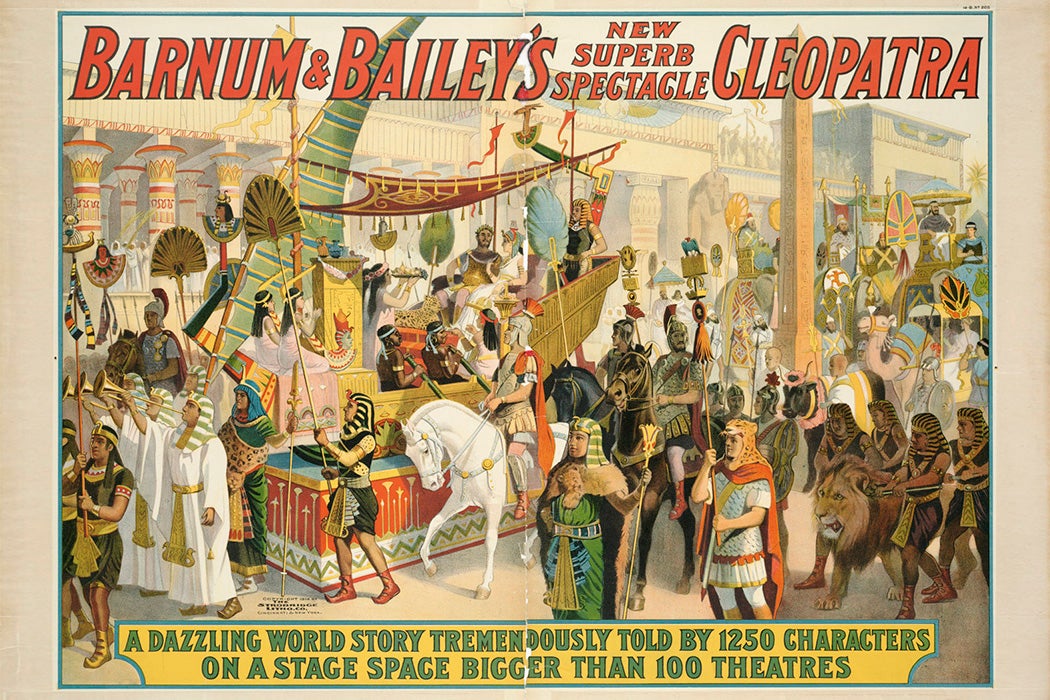The circus coming to town was a big event in the late 1800s and early 1900s America. In a 1923 article in the University of Maine’s student paper, for example, included a story about a circus performance that looked back wistfully at the tradition, “Since the days of Buffalo Bill and the Wild West shows, there has been an attraction to the word “circus,” and many of us now satisfy our longings at the shrine of Barnum and Bailey.” It was more than an entertaining afternoon, explains historian Micah Childress. Circus Day “had become a local holiday that brought together ethnicities, races, and classes (of both genders) that did not usually assemble at the same place and time.” But as joyous and diverse as the event may have been, race and gender still mattered behind the scenes.
Circus work provided Black men a chance for a different type of employment than the sharecropping or domestic work, but Childress points out, “they were unable to escape the racism or informal segregation” of the era. Black men were only given certain jobs—at lower pay than their white counterparts— generally manual labor, while Black women weren’t hired at all. There were rarely Black performers, and those that were “were relegated to the sideshow tent and generally given the duty to depict an African or a monkey-man combination.”

Black workers were mostly employed as cooks, waiters, or stable boys, and later as musicians. And, as Black workers were often excluded from union membership, they formed mutual aid societies to help with medical expenses. As Childress explains, “For circus employees, facing danger or even death occurred on a daily basis “ Maybe nothing illustrates the lack of concern for Black workers more than an 1892 circus-train accident that killed several horses. Most of the Black men sleeping in the car survived. The show’s manager, rushed to the wreck in tears, “My fourteen best horses killed and every one of those darkies saved!” Writing of the incident, a newspaper headline sadly summed it up, “Horses Better Than Negroes.”
For white women, however, the circus provided an entry into a different kind of life. Though most of the women were performers, 19th century laws “barred public exhibitions of women” in some states. This law meant that women performers were either “deemphasized” or not hired at all. But, Childress notes, trends in the workplace changed and the number of women in the workforce doubled from 1870 to 1910, and circuses saw an increase in women performers as well.
Weekly Newsletter
It was a vital site for women’s activism, with groups like Barnum & Bailey’s Circus Women’s Equal Rights Society advocating for suffrage. Circus work also provided one of the few opportunities for women to outearn men, and though there was some resistance to women performers in earlier years, by the early 1900s, “circuswomen generally had the freedom to pursue [their goals] as well as the fame and fortune to gain the public’s attention.”
Regardless of gender or race, circus life was hard, Childress notes. For some, however, it offered opportunities “that most other women were not afforded.” And while it allowed an escape from “the debilitating cycle of sharecropping,” the outside world’s racism still lingered, never allowing Black workers an escape from “the segregation, prejudice, or even the violence that waited for them at season’s end.”
Support JSTOR Daily! Join our new membership program on Patreon today.







